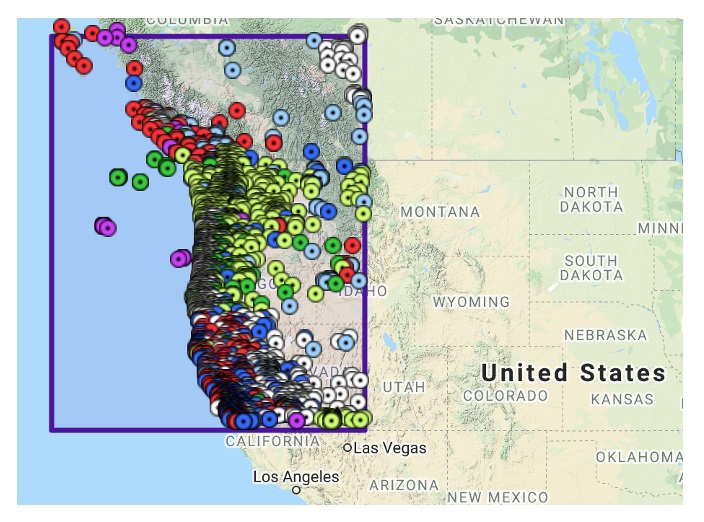Project Lead: Zoe Krauss, School of Oceanography, College of the Environment
eScience Liaison: Scott Henderson
The fault zones that cause the most devastating earthquakes and tsunamis on Earth lie beneath our oceans, but offshore seismic observations are severely limited by a lack of instrumentation and noisy data. To fully understand Earth’s geodynamics and the hazard that offshore fault zones present, we need to overcome these limitations to produce offshore earthquake catalogs that capture as small of signals as possible. In recent years, deep neural networks have shown great performance in creating earthquake catalogs using land-based data. For our eScience incubator project, we developed a python-based workflow to test the performance of these largely land-based pre-trained deep neural networks on offshore seismic data. We emphasized parallelization in our codes to leverage the capabilities of multiple CPUs and developed infrastructure to utilize GPU instances and scalable storage with Azure cloud computing. Preliminary results show overwhelmingly poor performance of the pre-trained neural networks, with high rates of false positives due to the mischaracterization of noise. Our results strongly indicate the need to retrain machine learning models using ocean bottom seismometer data.

